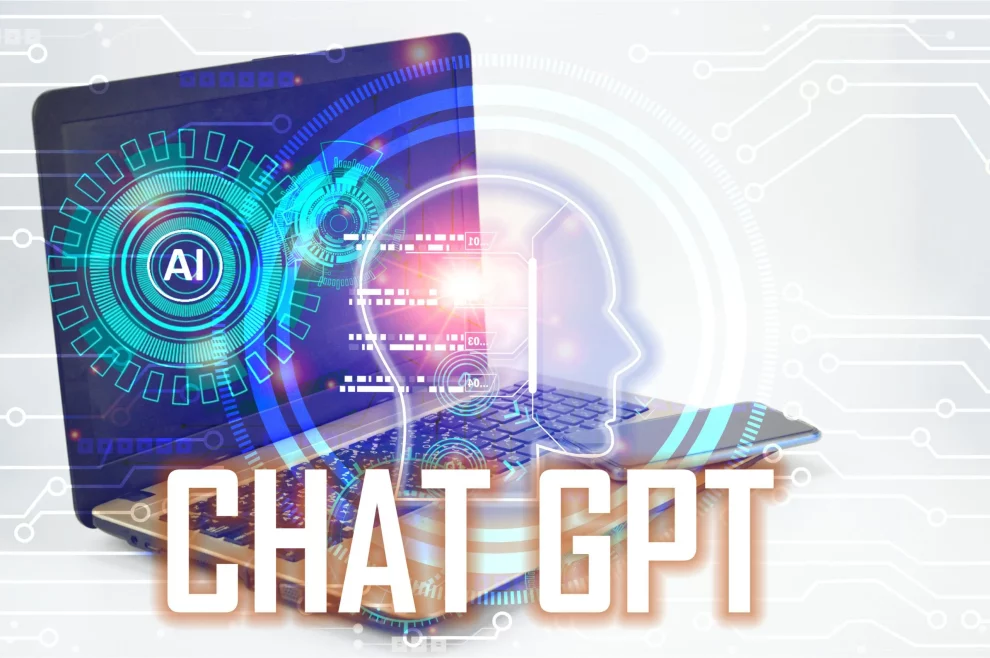The world of AI is rapidly evolving, and communication is at the forefront of this change. Large language models (LLMs) like ChatGPT are ushering in a new era of human-machine interaction, demonstrating remarkable capabilities in generating text, translating languages, writing different kinds of creative content, and answering questions in an informative way. But how do they work, and what role might they play in the future of content creation?
Understanding ChatGPT and LLMs
Massive Neural Networks: LLMs are essentially massive neural networks trained on massive datasets of text and code. This training allows them to learn the patterns and relationships between words, enabling them to generate human-quality text.
ChatGPT and Beyond: ChatGPT, developed by OpenAI, is one of the most well-known LLMs, but others like Google’s Bard and Gopher, and Meta’s OPT-175B are also making significant strides.
Capabilities and Applications
Natural Language Generation: LLMs can produce text that is indistinguishable from human-written content, including:
- Articles, blog posts, and social media content
- Emails, letters, and reports
- Scripts, poems, code, and musical pieces
Conversational AI: They can engage in meaningful conversations, answering questions, providing summaries, and even generating different creative text formats.
Translation: LLMs can translate languages accurately, breaking down language barriers.
The Future of Content Creation
Democratizing Content Production: LLMs have the potential to make content creation more accessible to everyone, regardless of writing experience or expertise.
Personalized Content: They could enable the creation of highly personalized content tailored to individual interests and needs.
Accelerated Workflows: LLMs could streamline content production processes, saving time and resources.
Challenges and Considerations
Bias and Accuracy: LLMs are trained on massive amounts of data, which can reflect biases and inaccuracies that can be replicated in their outputs.
Ethical Concerns: The potential for misuse of LLMs, such as generating harmful content or spreading misinformation, raises ethical concerns.
Human-Machine Collaboration: Striking a balance between human oversight and the power of LLMs is crucial for responsible content creation.
Conclusion
LLMs like ChatGPT represent a significant leap forward in AI capabilities, with profound implications for the future of content creation. While challenges remain, their potential to democratize, personalize, and accelerate content production is undeniable. As we navigate this new frontier, it’s essential to prioritize ethical considerations, transparency, and human-machine collaboration to ensure that these powerful tools are used responsibly and ethically to enhance human creativity and communication.













Add Comment